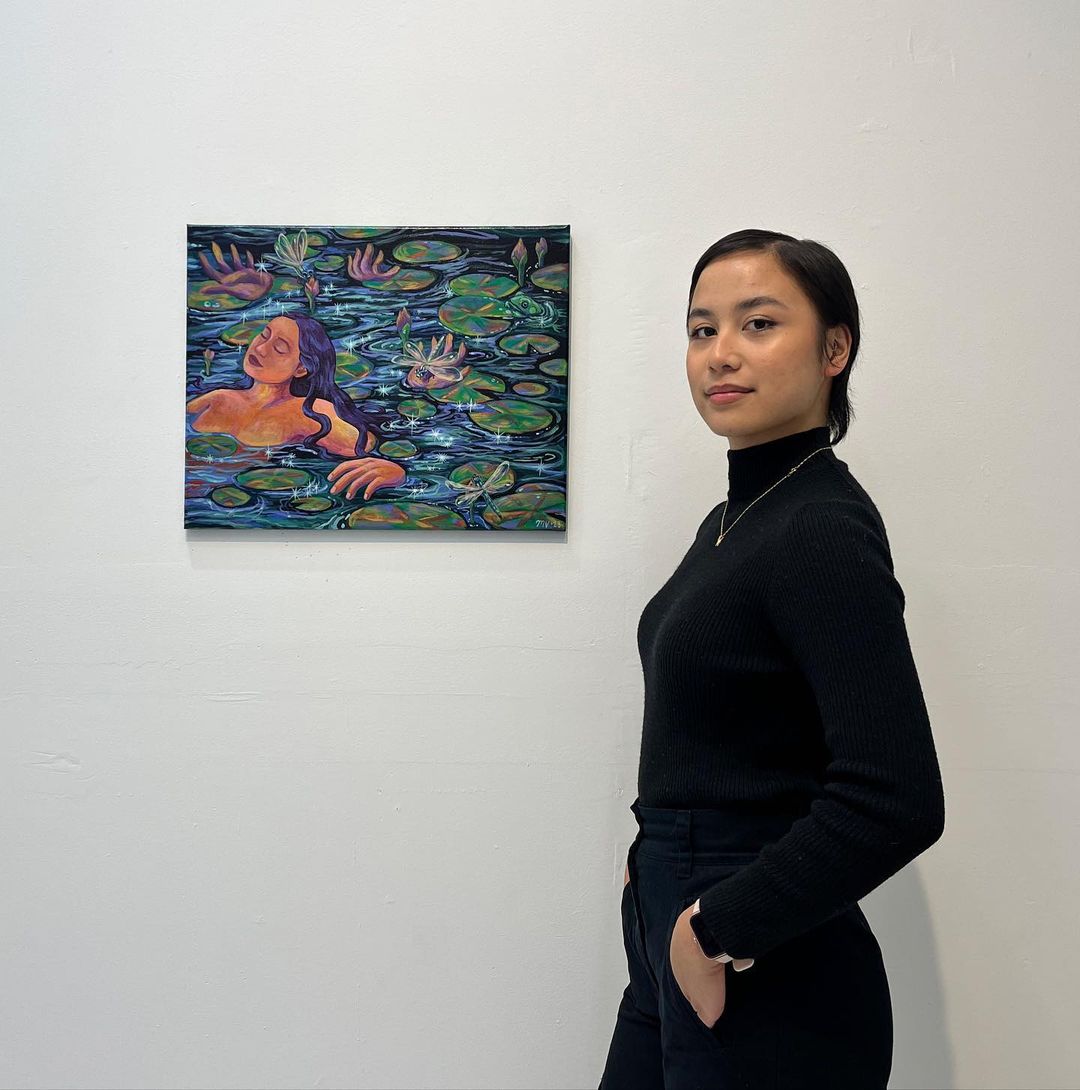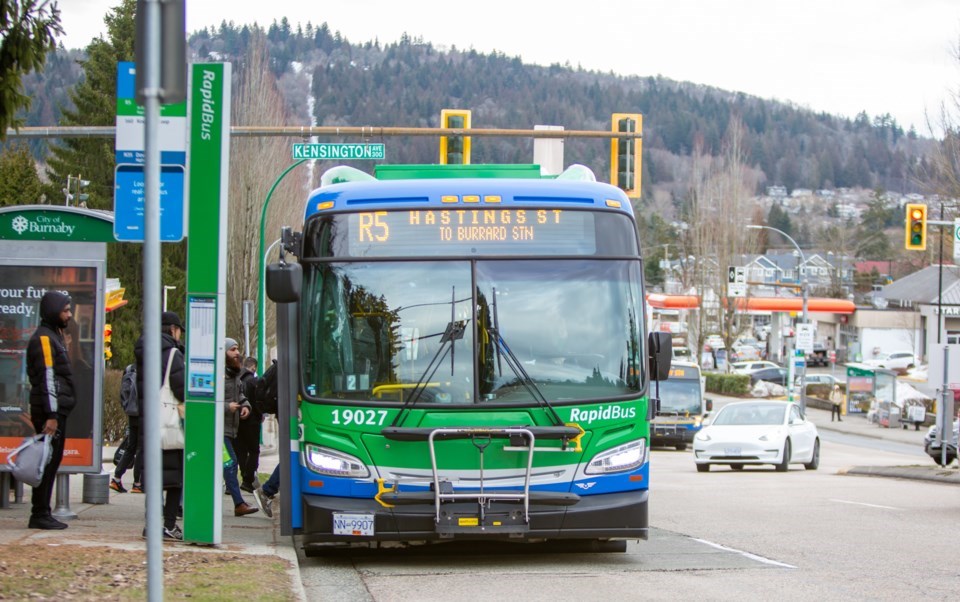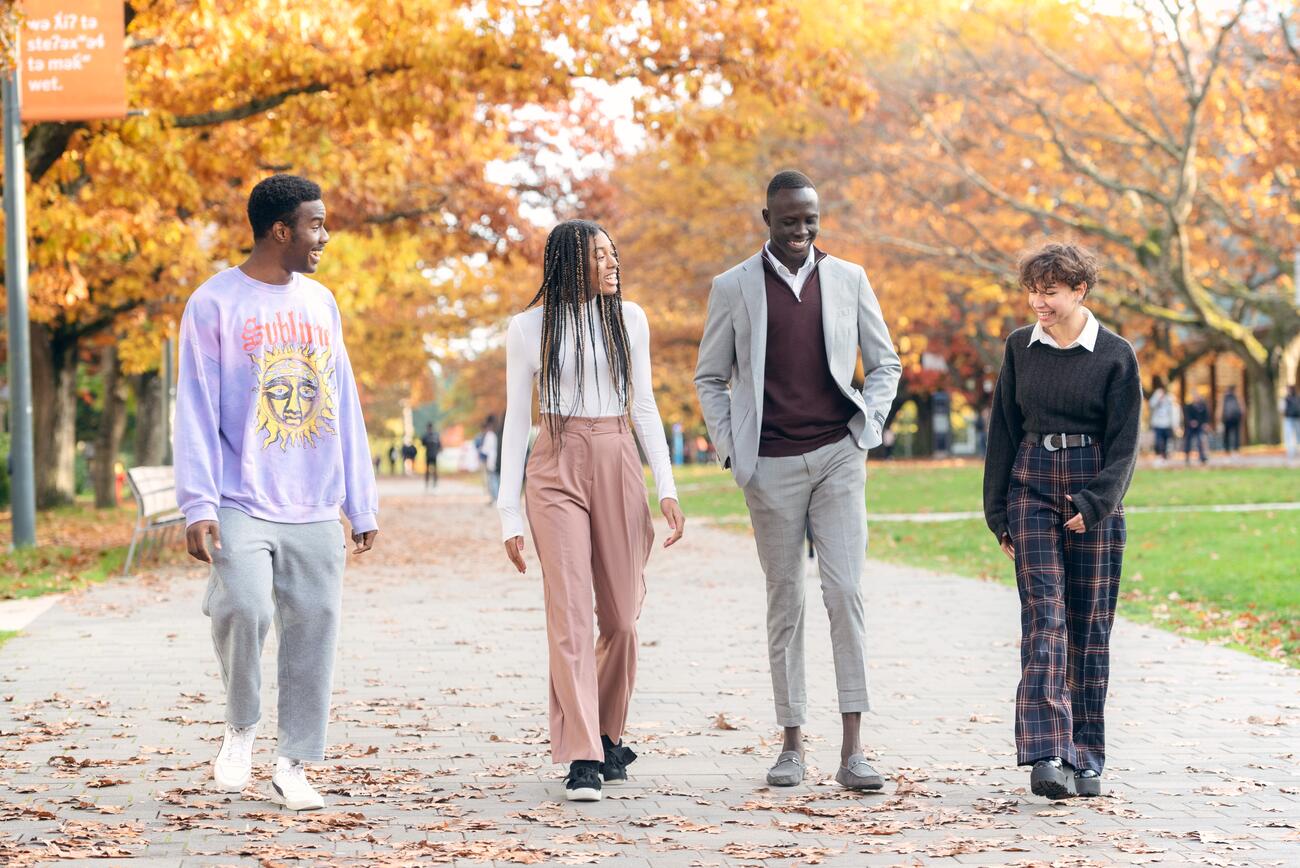Tell us about yourself and your journey as an artist and what sparked your interest in art.
Hello! First of all, thank you for this opportunity to share my journey as an artist. My name is Marianne Valdez, and I am a Filipino-Canadian visual artist born and raised in Surrey, BC. While I grew up loving all forms of art, including performing arts like hip-hop, jazz, and musical theatre, painting was always my true passion.
Before art became my career, painting served as my coping mechanism—a way to express the intense emotions and observations I couldn’t put into words. During my childhood, I struggled with depression, anxiety, shame, guilt, religious trauma, heartbreak, and grief. Despite the challenges, art became a source of healing and joy in my late teens as I worked to improve my mental state.
Although I had been creating art throughout my childhood, I didn’t pursue a traditional fine arts education due to a conflict of beliefs. Instead, I studied marketing. However, in 2019, I faced a severe health crisis due to stress, which left me hospitalized for a week. This low point became a turning point, leading me to pursue art full-time. After recovering, I started sharing my work on Instagram, and later on TikTok, where I documented my “100-Day Sketchbook Challenge.” The overwhelming support I received encouraged me to continue, leading to my first group show and eventually focusing on developing my career as a professional artist. Today, it has been four years since I made that life-changing decision.
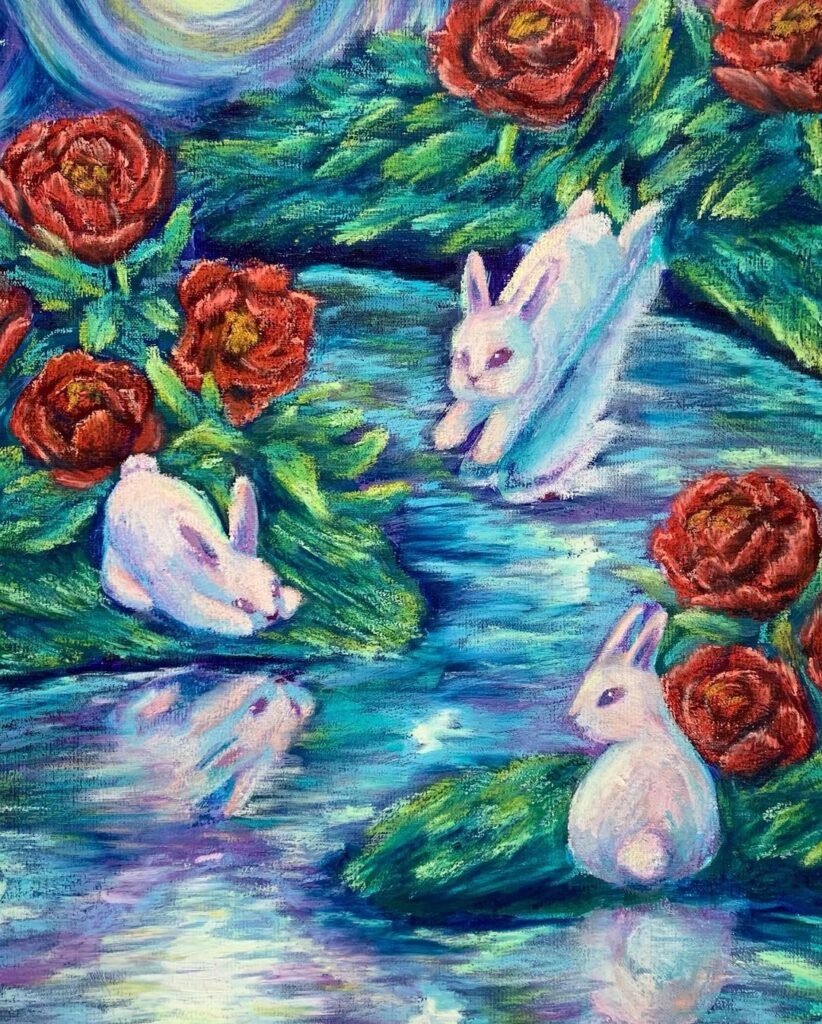
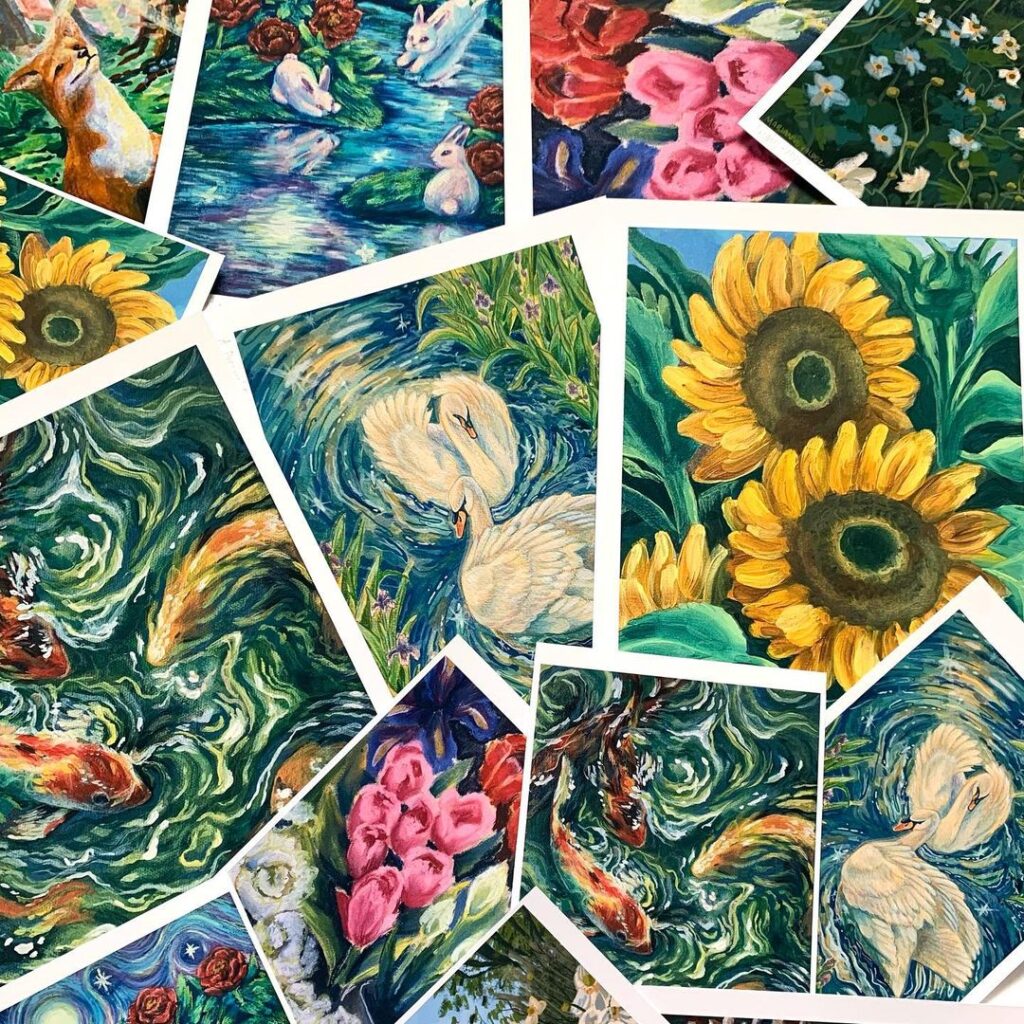
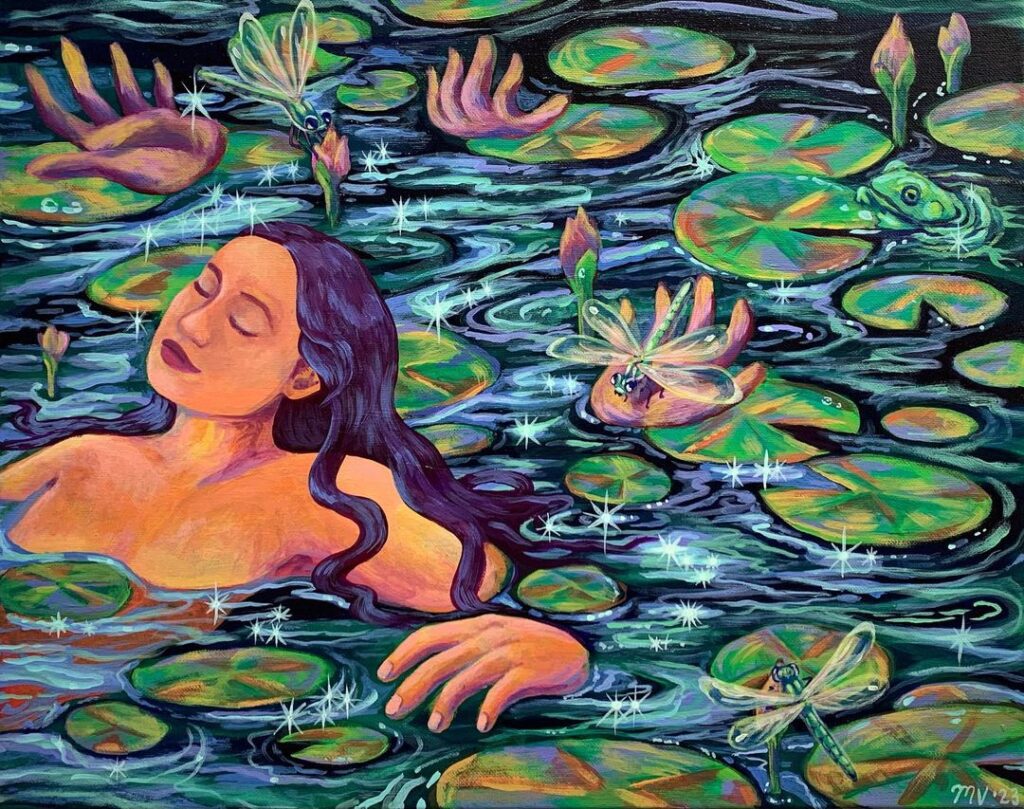
What influences your artistry the most? How would you describe your unique style and themes?
My goal to live a full, authentic life is what drives my artistry. To me, being an artist means continuously evolving and exploring what it means to be true to oneself. Painting and sharing my work brings me immense happiness, which positively impacts all areas of my life. I’m inspired by the endless possibilities of creation and the challenge to see what else I can achieve.
Currently, I’m studying to become an art therapist, which aligns perfectly with my interests and skills. Having experienced a profound transformation in my mental health through art, I see it as a valuable tool for addressing mental health issues. I hope that by authentically expressing myself, I can inspire others to do the same, regardless of their skill level.
My art leans towards impressionistic and abstract depictions of the human experience and its connections to nature. I see my work as a form of meditation and reflection on nurturing our relationship with ourselves. While I enjoy working with acrylics, watercolours, and pencils, I have recently been exploring oil painting.
Can you share your most cherished project or piece and what makes it unique?
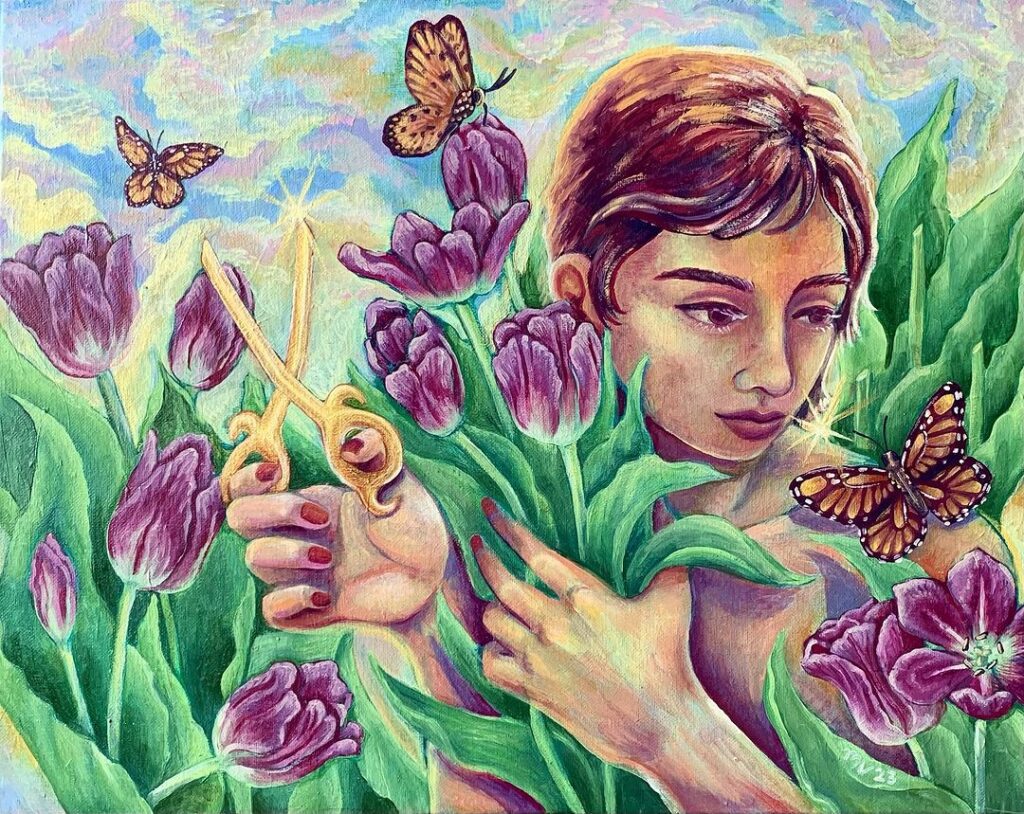
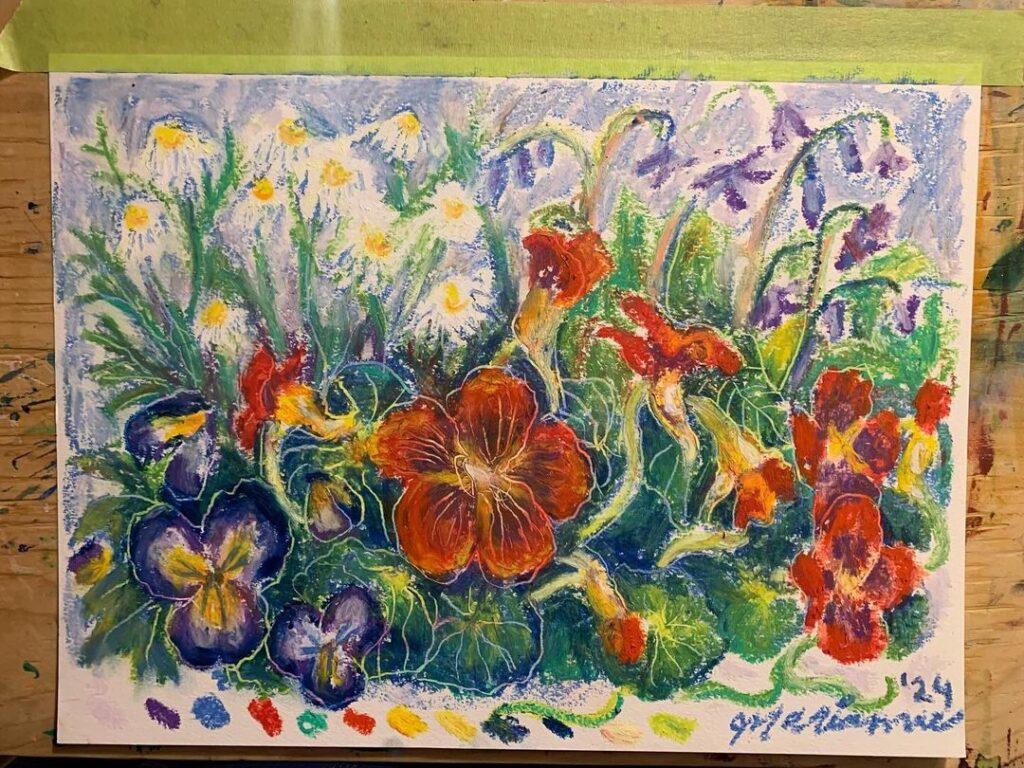
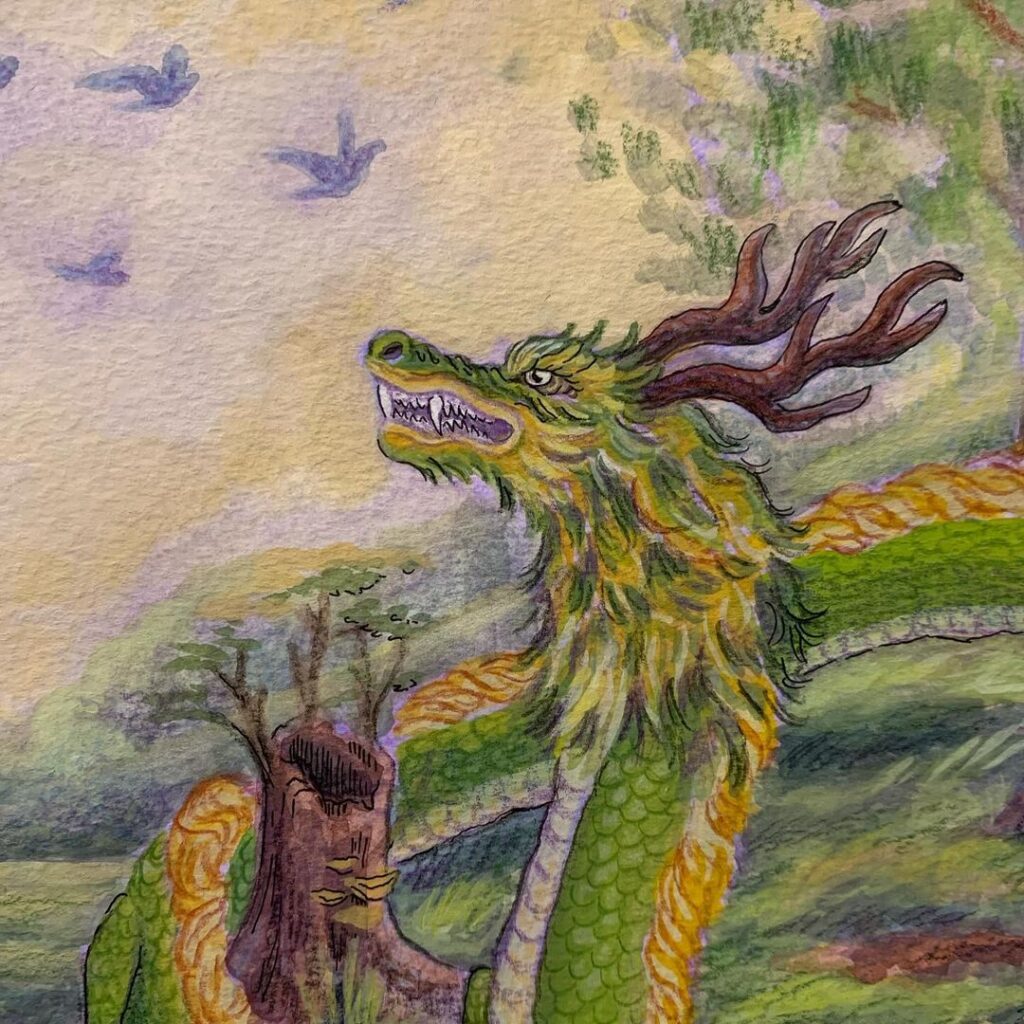
Choosing a favourite piece is always difficult because I love everything I create. However, if I had to pick, I would choose “In Perpetuity” and “At Dawn.” These pieces are particularly special to me because I created them during my first artist residency in 2023 at a pop-up gallery in Vancouver. It was my first time painting outside my home, and the clarity of my thoughts allowed me to paint intuitively for hours. These paintings mark a significant period of personal growth, and I’m incredibly proud of how they turned out.
Reflecting on your journey, what obstacles have you encountered, and how did you overcome them? How do you approach continuous growth in your artistic endeavours?
Growing up, I realized there was a cultural barrier between me and my family, which affected my ability to express myself and dream big. This led to intense self-criticism and doubt in my potential. To overcome this, I focused on improving my skills and building fortitude, which in turn boosted my confidence. Over the years, I’ve nurtured my self-assurance through journaling, sharing my work publicly, and celebrating small victories.
Continuous growth in my artistic practice involves setting clear goals—whether it’s improving my technique, refining my self-concept, or exploring new themes in my work. My success is measured by achieving these goals, and I’ve learned to value the strength of my foundation rather than the speed of my progress. One crucial lesson I’ve embraced is the importance of rest. Just like in physical training, giving yourself time to recover is essential for mental and creative health.
Walk us through your typical creative process. Do you have any specific rituals or routines that help maintain your creative mindset?
Honestly, my creative process is pretty straightforward. I immerse myself in the things I enjoy—watching shows, reading self-help books, listening to podcasts, and going for walks. These activities inspire my ideas, which I jot down in my notes app (a chaotic but invaluable resource). Then, I set aside a day to review these notes, decide on a concept, take reference photos, sketch, and research the details. The real magic happens when I’ve gathered all the pieces and allow my creativity to flow freely.
As for routines, I make time for activities that bring me joy, like gardening, which is a big part of my morning routine. I also practice tarot reading, which helps me gain different perspectives when I’m feeling overwhelmed. Keeping an open mind and exploring new interests are key to staying creatively inspired.
Have you had the opportunity to collaborate with fellow local artists or organizations? How important is collaboration within the local artistic community?
Oh, collaboration is the BEST! One of my favorite collaborations was participating in Golden Brush Arts’ “Battle of the Brush,” a live painting competition hosted by Capulet Art Gallery. I’ve competed twice with my friend Mara Cortez (@marawrs on IG), and together we’ve won two battles—BOTB 40 in 2023 and BOTB 43 Grand Finale earlier this year. The thrill of painting a huge canvas in 80 minutes, under pressure, with friends and family watching, is both challenging and exhilarating. Winning is a nice bonus, but it doesn’t change how I view my work—it’s all about the experience and the connections made.
Collaboration within the local artistic community is vital because art brings communities to life. Working together opens doors to important discussions on cultural conservation, mental health, empowerment, and environmental conservation. Art thrives when it’s visible and accessible, but artists also need support to enjoy their work. When we collaborate, everyone benefits.
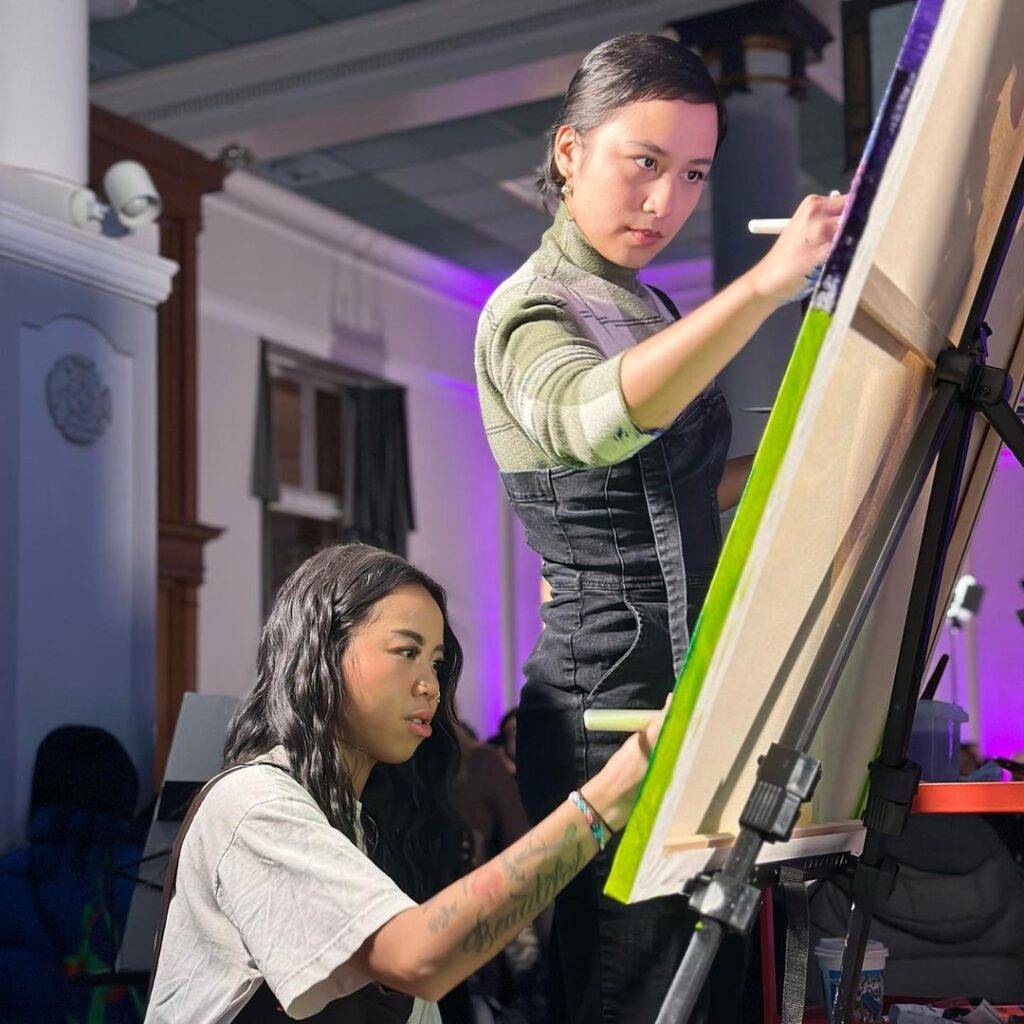
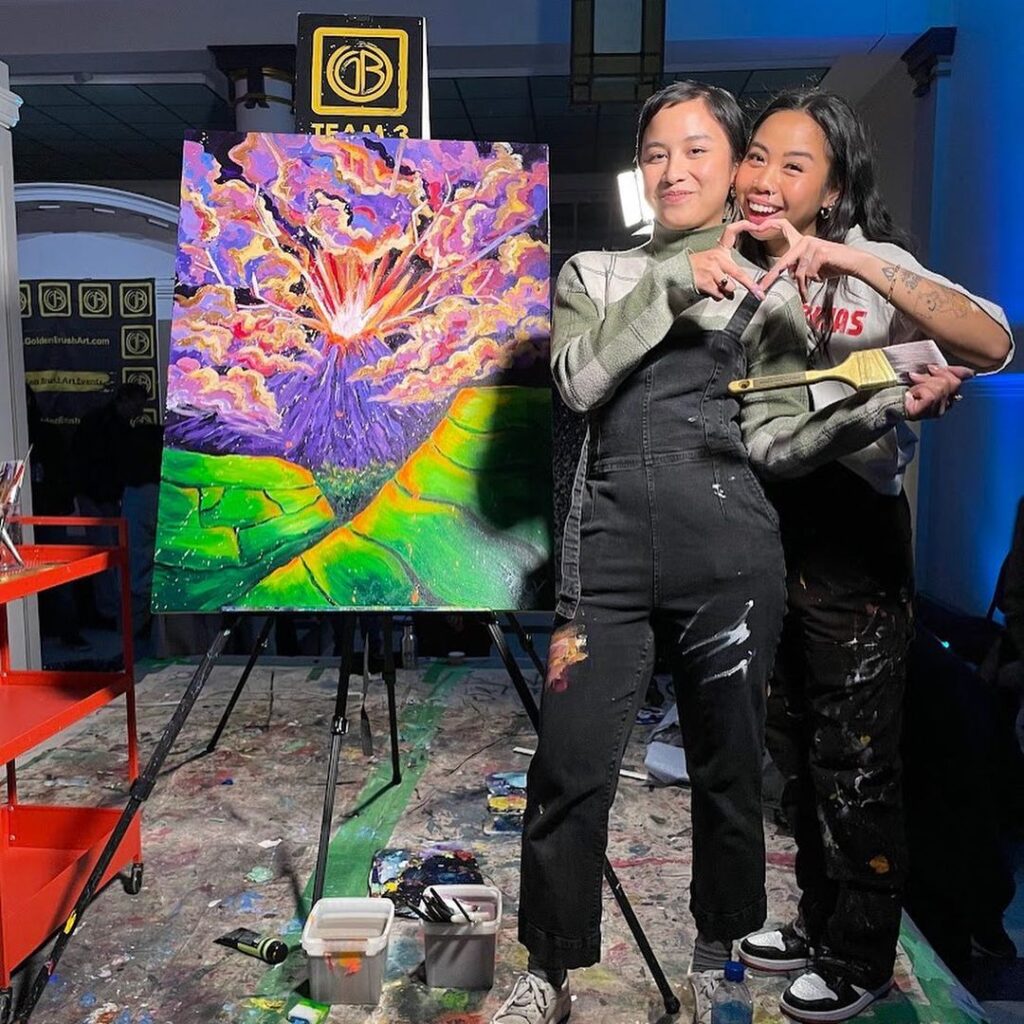
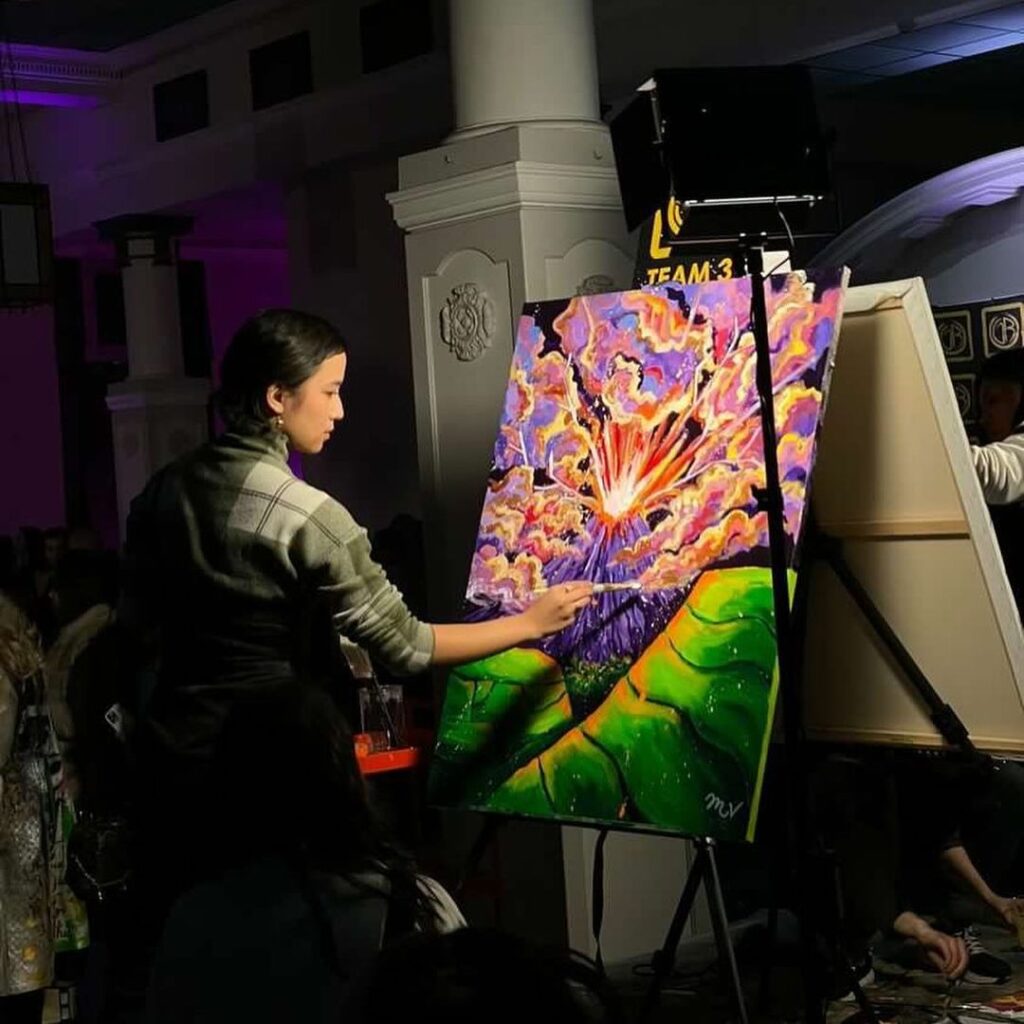
Community Engagement: Connecting Through Creativity
Aside from collaborations, I’ve been working as an arts instructor for the past two years, teaching Paint n’ Sip workshops for adults and arts programs for children. It’s incredibly rewarding to guide others in their creative flow and witness their confidence grow as they create.
I’ve also been posting monthly art studio vlogs on my YouTube channel (yes, shameless plug—subscribe, babez!). These vlogs take a bit more time to produce, but I enjoy sharing behind-the-scenes moments and my thoughts on the creative process. I hope to build a supportive community where artists can share their struggles, successes, and experiences.
What are your short-term and long-term aspirations as an artist? Are there dream projects or collaborations you want to pursue in the future?
In the short term, my goal is to settle into a consistent art-making groove. I’ve spent the past year exploring different aspects of my practice—illustration, community projects, live events, exhibitions, and social media—while studying and working part-time. I’m focused on finding balance and structure while leaving room for collaborative projects.
In the long term, my goal is to become a sustainable full-time artist with a flourishing practice. I know it’s up to me to make this happen, and I’m committed to figuring out the path to success.
One of my dream projects is to become a bestselling author and illustrator of my book series. Books like Peter Rabbit, Little Bear, and Frog & Toad were major influences in my early life. Creating a world that outlives me and has the power to heal and inspire others is something I deeply aspire to achieve.
What valuable advice would you give to aspiring artists in your community? How do you manage the balance between pursuing your passion and meeting practical needs?
If I could offer advice, here are a few things that truly help:
- Don’t listen to everyone—not even me as you read this! People might say that being an artist is “unstable” or “unrealistic,” but don’t let that deter you. You can be an artist even with another job. Focus on your path, and let your vision unfold naturally.
- Define your success—decide what being a successful artist means to you. Whether it’s financial stability, mastering a particular style, or simply enjoying the process, set benchmarks that help you recognize your progress.
- Take care of yourself—physically, mentally, spiritually, and emotionally. Have a plan, rest when needed, and surround yourself with things that bring you joy.
- Develop self-confidence—no one does it like you! Remember, your art comes through you, and there’s more than enough room for creativity in the world.
- Love the learning process—don’t be afraid to start over or pivot when needed. Art isn’t easy to measure, but like any skill, it requires dedication and practice. Embrace the journey and celebrate the small steps that lead to your big dreams.
These insights have guided me, and I hope they inspire you as well.

